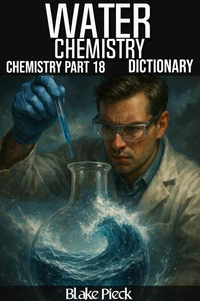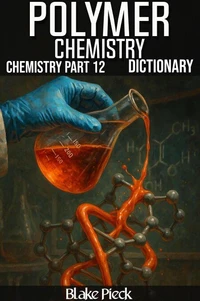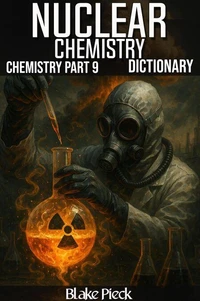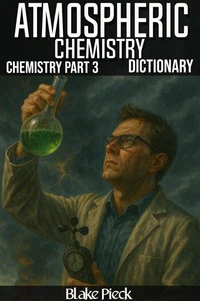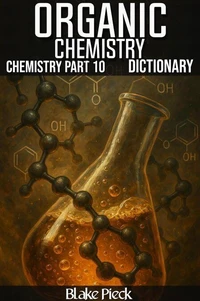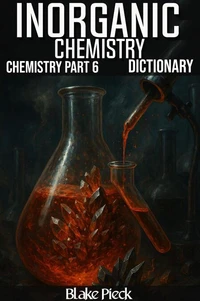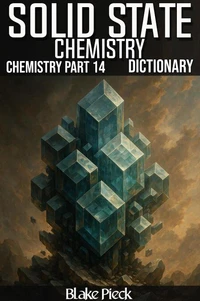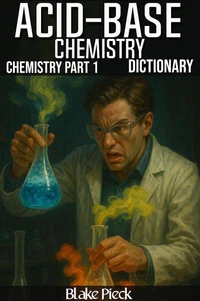Mars Dictionary - Our Solar System. Grow Your Vocabulary
Par :Formats :
Disponible dans votre compte client Decitre ou Furet du Nord dès validation de votre commande. Le format ePub est :
- Compatible avec une lecture sur My Vivlio (smartphone, tablette, ordinateur)
- Compatible avec une lecture sur liseuses Vivlio
- Pour les liseuses autres que Vivlio, vous devez utiliser le logiciel Adobe Digital Edition. Non compatible avec la lecture sur les liseuses Kindle, Remarkable et Sony
 , qui est-ce ?
, qui est-ce ?Notre partenaire de plateforme de lecture numérique où vous retrouverez l'ensemble de vos ebooks gratuitement
Pour en savoir plus sur nos ebooks, consultez notre aide en ligne ici
- FormatePub
- ISBN8230915218
- EAN9798230915218
- Date de parution25/02/2025
- Protection num.pas de protection
- Infos supplémentairesepub
- ÉditeurIndependently Published
Résumé
Mars - Mars, Terrestrial Planets, Inner Planets - Mars is the fourth planet from the Sun and is often called the "Red Planet" due to its reddish appearance, caused by iron oxide (rust) on its surface. Mars has a thin atmosphere composed primarily of carbon dioxide, with traces of argon, nitrogen, and water vapor. The planet is home to the largest volcano in the solar system, Olympus Mons, and the deepest canyon, Valles Marineris.
It also has two small, irregularly shaped moons, Phobos and Deimos, believed to be captured asteroids. Mars' surface shows evidence of ancient water flows, including river valleys, deltas, and lake beds, suggesting that it may have supported microbial life in its distant past. Mars has been a primary target for exploration, with numerous missions aimed at studying its geology, climate, and potential for human colonization.
It also has two small, irregularly shaped moons, Phobos and Deimos, believed to be captured asteroids. Mars' surface shows evidence of ancient water flows, including river valleys, deltas, and lake beds, suggesting that it may have supported microbial life in its distant past. Mars has been a primary target for exploration, with numerous missions aimed at studying its geology, climate, and potential for human colonization.
Mars - Mars, Terrestrial Planets, Inner Planets - Mars is the fourth planet from the Sun and is often called the "Red Planet" due to its reddish appearance, caused by iron oxide (rust) on its surface. Mars has a thin atmosphere composed primarily of carbon dioxide, with traces of argon, nitrogen, and water vapor. The planet is home to the largest volcano in the solar system, Olympus Mons, and the deepest canyon, Valles Marineris.
It also has two small, irregularly shaped moons, Phobos and Deimos, believed to be captured asteroids. Mars' surface shows evidence of ancient water flows, including river valleys, deltas, and lake beds, suggesting that it may have supported microbial life in its distant past. Mars has been a primary target for exploration, with numerous missions aimed at studying its geology, climate, and potential for human colonization.
It also has two small, irregularly shaped moons, Phobos and Deimos, believed to be captured asteroids. Mars' surface shows evidence of ancient water flows, including river valleys, deltas, and lake beds, suggesting that it may have supported microbial life in its distant past. Mars has been a primary target for exploration, with numerous missions aimed at studying its geology, climate, and potential for human colonization.














